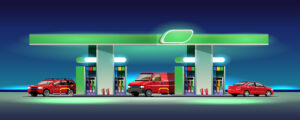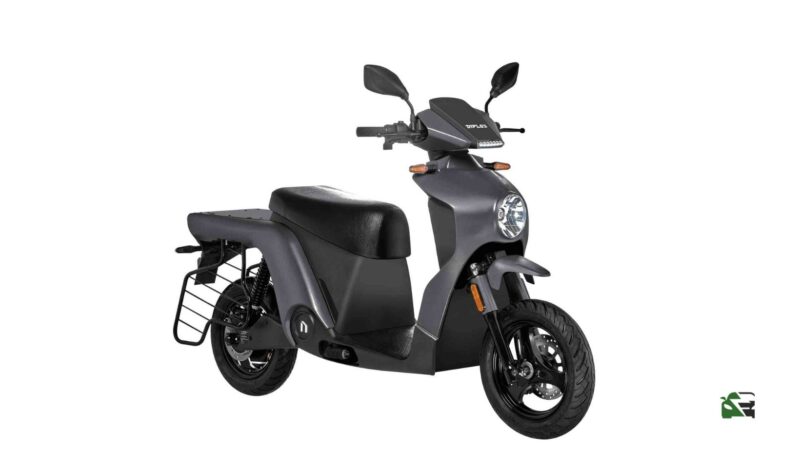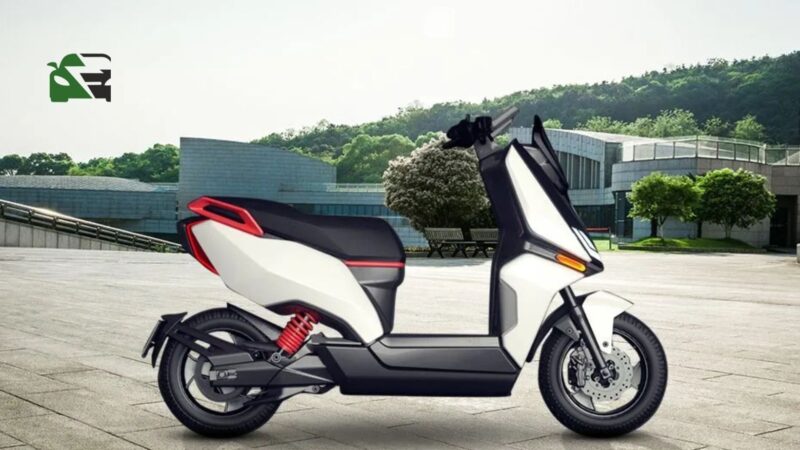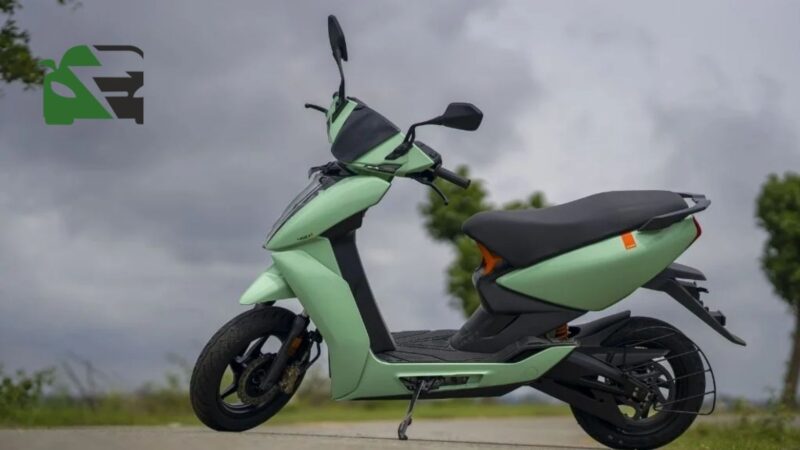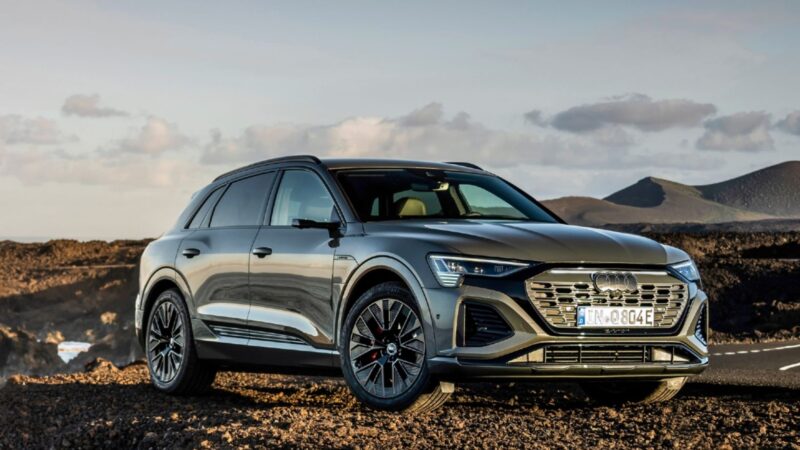Economical Auto Advances: Developments in Green Versatility

Lately, the worldwide auto industry has seen a change in outlook toward supportability and green versatility. As worries about environmental change and ecological debasement keep on developing, car producers and analysts are zeroing in on creating imaginative advancements that advance economical transportation. These headways expect to lessen ozone-depleting substance emanations, further develop energy proficiency, and limit the ecological effect of autos. In this article, we will investigate a portion of the noteworthy manageable auto advancements that are changing the business.
- Hybrid Electric Vehicles (HEVs):
Half-breed electric vehicles join the advantages of gas-powered motors and electric engines. They use a gas-powered motor to control a generator that charges the battery, which thusly drives the electric engine. HEVs give expanded eco-friendliness and decreased outflows contrasted with traditional vehicles. The improvement of module half-and-half electric vehicles (PHEVs) has additionally extended the scope of choices accessible to shoppers, empowering them to drive on electric power alone for more limited distances.
- Hydrogen Energy unit Vehicles (FCVs):
Hydrogen energy unit vehicles are controlled by power devices that convert hydrogen and oxygen into power, with the main result being water fume. FCVs offer zero-outflow transportation, as they produce no ozone-depleting substances or contaminations during activity. Also, hydrogen fuel can be created utilizing environmentally friendly power sources, making FCVs a genuinely maintainable portability arrangement. Even though framework challenges remain, headways in hydrogen creation, stockpiling, and appropriation are step by step in preparing for a more extensive reception of this innovation.
- Lightweight Materials and Streamlined features:
Diminishing the heaviness of vehicles assumes an urgent part in further developing eco-friendliness and decreasing outflows. Auto makers are progressively using lightweight materials, for example, carbon fiber composites, aluminum compounds, and high-strength steel to develop lighter and more inflexible vehicle structures. Also, improving vehicle streamlined features through smooth plans, dynamic grille shades, and streamlined improvements fundamentally adds to diminishing drag and upgrading energy productivity.
- Connected and Independent Vehicles:
The combination of cutting-edge innovations, like vehicle-to-vehicle (V2V) and vehicle-to-foundation (V2I) correspondence, is changing the car scene. Associated vehicles can speak with one another and foundation components to advance the traffic stream, decrease clogs, and improve security. Independent vehicles, which use sensors, man-made consciousness, and AI calculations, can upset transportation by diminishing mishaps, further developing traffic effectiveness, and enhancing energy utilization.
- Renewable Energy Incorporation:
Incorporating environmentally friendly power sources with transportation is a critical part of maintainable versatility. Electric vehicles can be charged utilizing environmentally friendly power, for example, sun-based or wind power, which diminishes the general carbon impression of the transportation area. Furthermore, vehicle-to-matrix (V2G) innovation permits EVs to release overabundance and put away energy back into the framework during top interest periods, assisting with settling the power lattice and boosting the use of environmentally friendly power.
- Energy-Effective Parts and Frameworks:
Car producers are consistently creating energy-effective parts and frameworks to further develop by and large vehicle proficiency. This remembers headways for power hardware, electric engine plan, and energy the executive’s frameworks. These advancements lessen energy misfortunes and upgrade influence appropriation, bringing about superior execution and expanded driving reaches for electric and half-and-half vehicles.
- Sustainable Assembling Cycles:
Maintainability stretches out past the activity of vehicles and includes the assembling processes. Car producers are embracing eco-accommodating practices like utilizing reused materials, decreasing waste age, and executing energy-proficient assembling strategies. The combination of maintainable assembling processes limits the ecological effect related to vehicle creation and lines up with a roundabout economy approach.
- Shared Portability and Versatility as-a-Administration (MaaS):
The idea of shared portability, which incorporates vehicle sharing, ride-sharing, and bicycle sharing, is acquiring prominence as an effective and economical method of transportation. By using vehicles all the more proficiently and lessening the number of private vehicles out and about, shared versatility assists with easing blockage and decreasing discharges. Versatility as-a-Administration (MaaS) stages further upgrade transportation choices by incorporating different methods of transport, including public travel, ride-sharing, and bicycle sharing, into a solitary application, empowering a shift towards more supportable and multi-modular transportation.
- Lifecycle Appraisals and Round Economy:
Car makers are progressively consolidating lifecycle appraisals to assess the natural effect of vehicles all through their whole lifecycle, including unrefined substance extraction, creation, utilization, and end-of-life removal. This approach empowers the ID of regions for development and the execution of systems to lessen the generally natural impression. Moreover, the reception of round economy standards, like reusing and reusing vehicle parts, advances asset proficiency and diminishes squandering age.
- Advanced Energy Stockpiling Arrangements:
Notwithstanding battery innovation, high-level energy stockpiling arrangements are being created to upgrade the effectiveness and maintainability of car frameworks. For instance, supercapacitors offer quick energy stockpiling and release capacities, making them reasonable for catching energy during regenerative slowing down and giving power during speed increase. Flywheel energy capacity frameworks are additionally being investigated to store and deliver energy productively, further developing the energy of the board of vehicles.
- Smart Framework Mix:
The coordination of vehicles with the brilliant network is a promising region for reasonable auto innovations. Brilliant network framework considers bidirectional correspondence among vehicles and the power lattice, empowering proficient charging and releasing of electric vehicle batteries in light of matrix interest and environmentally friendly power accessibility. This two-way communication advances network dependability, improves energy use, and amplifies the usage of sustainable power sources.
- Schooling and Mindfulness:
Advancing schooling and mindfulness about feasible portability is fundamental for driving far and wide reception of green auto advancements. Drives like public missions, instructive projects, and government impetuses can bring issues to light about the ecological advantages of manageable transportation choices and urge buyers to go with greener decisions. Furthermore, giving data and assets about practical portability choices assists people and associations with pursuing informed choices that add to a more supportable future.
Conclusion:
The field of maintainable car innovations is quickly developing, driven by the critical need to relieve environmental change and decrease the ecological effect of transportation. The blend of electric vehicles, half-and-half innovations, hydrogen power modules, lightweight materials, high-level energy stockpiling, shrewd matrix mix, economical metropolitan preparation, information investigation, and instruction drives are reforming the car business and molding a greener eventual fate of portability. By embracing these developments, we can prepare for a practical transportation framework that protects our planet’s assets, further develops air quality, and establishes a superior and more decent climate for all.
Read more.. Ecological Advantages of Electric Vehicles: Lessening Fossil fuel byproducts and Air Contamination
Read more.. The Coordination of Blockchain Innovation in the Auto Store Network
